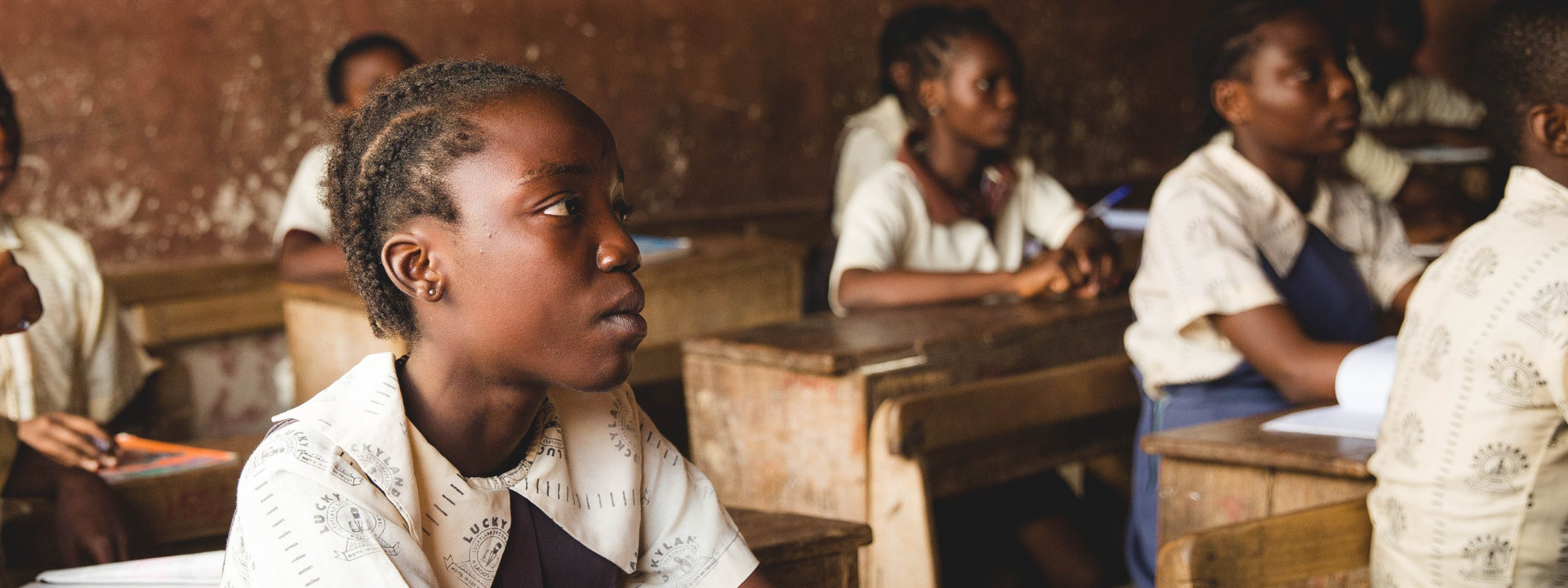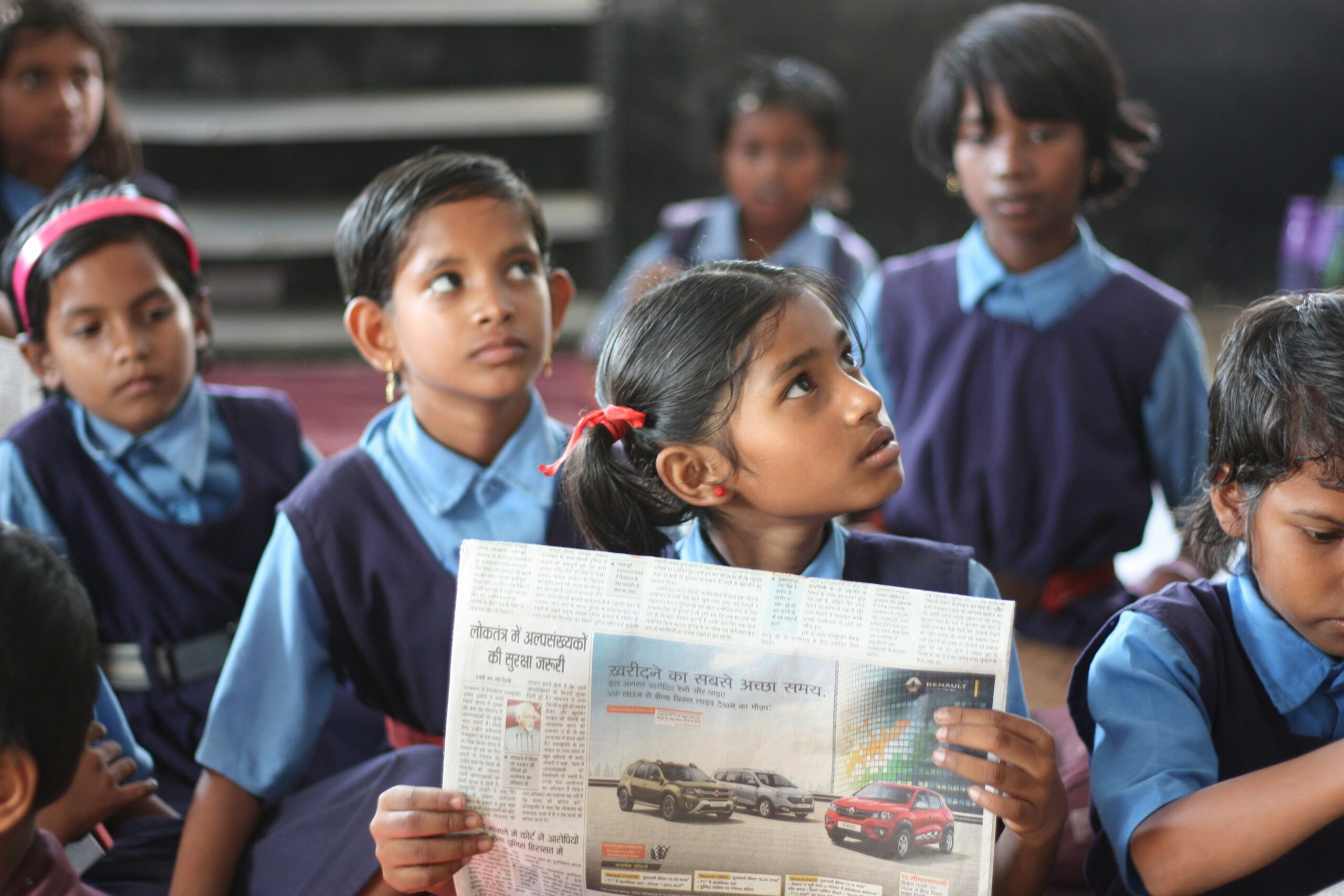
Education: Investment, Inequalities and Policies
Ekaterina Zhelenkova is a researcher at the Wittgenstein Centre for Demography and Global Human Capital and a doctoral candidate at the University of Vienna. In this article, she explains why a tailored approach to investment in education is required and why a one-size-fits-all approach cannot work.
Education is today a sector in receipt of record-high and still rising amounts of investment. And for good reason, since education has proven to be the major driver behind reducing poverty, propelling development and overall welfare. Increased education is also behind lower fertility rates and better child health outcomes, especially in developing countries, where moving up just a notch on the educational ladder can engender life-changing outcomes.
In 2020, worldwide education expenditure totalled approximately US$5 trillion. Education-bound public spending, earmarked by each government in the amount representing a share of its GDP, is sometimes complemented by international aid offering support to countries in need.

Strategic spending
Investment in education, considering its large and ever-expanding volume internationally, calls for a more focused analytical approach. Funds set aside for bolstering education ought to be channelled in bespoke structural fashions and on multiple levels, having been beforehand subjected to a micro-level impact analysis of the populations targeted.
The pillars of education investment must be founded on demographic analysis no less than financial considerations, and include continuous follow-up evaluation of the investment measures, their modes of adoption, the effects produced and the feedback they elicit from society. Since not all investments are equal in structure or amount, some will fit more organically into the pre-existing system than others, for it must be borne in mind that simply pouring more money into building schools cannot compare to sophisticated and made-to-measure solutions that account for on-the-ground social realities.
Education and child mortality
It is universally recognised that insufficient education shows a strong link with the ever-present plight of high mortality in developing countries, with sub-Saharan Africa and South Asia continuing to account for the largest proportion of under-five deaths globally. According to estimates for 2019, sub-Saharan Africa and South Asia, with 55 percent and 26 percent of global under-five deaths, respectively, made up 80 percent of the global under-five deaths while accounting for 51 percent of the global under-five population.
Moreover, high mortality perpetuates high fertility. As individuals anticipate a higher likelihood of their offspring’s premature death, they tend to favour having more children to offset this risk. This suggests that financial resources spent building child delivery facilities could be more impactfully reallocated if it were determined which level of maternal education entails the greatest drop in infant and child mortality. Thus, reshuffling expenditure allocation to target education-based root causes of child mortality could be a better remedy in the long run than building more birth centres and midwifery units.

A recent study of the differential impact of maternal education in India found that primary education had no significant impact on under-five mortality in the past years, while having secondary education was demonstrated to lead to larger decreases in children’s deaths. This indicates that, at least in this case, immediate education funding strategies should place more weight on developing secondary education to tackle under-five mortality.
Inequalities
Education initiatives frequently take stock of relevant gender discrepancies in an attempt to attain increased equity between the genders. The impact of many such initiatives is inevitably reflected in maternal reproductive behaviour. When analysing inequalities in maternal education distribution in relation to reducing child mortality among boys and girls, scholars found that among the children of better-educated women, the male–female under-five-mortality ratio is closer to biological sex differences than it is among women with little or no education.
Yet, there are also regions where girls born to women with some education display a greater risk of dying than those born to women with no education at all. This indicates that even if mothers’ consecutive education levels correspond, with some consistency, to fairly equal distributions of sons’ and daughters’ survival rates, a differential impact of mothers’ education on boys and girls has been attested, cautioning against making immediate assumptions.

The massive population diversity in developing countries may misleadingly invite blanket solutions based on fallacious one-size-fits-all premises. Indeed, education funding often suffers from overly nebulous formulations, especially in locations where reliable audit and project oversight are less prevalent, thus leading to substantial inefficiencies. This is why education funding plans should systemically align with not just the socioeconomic features of an area, but also with demographic research and availability of more rigorous and transparent control frameworks, the cost of which can be offset by successfully finalised projects.
A reality check
In an ideal world, sufficient resources and perfect access to information would allow for a spotlessly efficient allocation of funds. In the real world, however, limited funds and information warrant a far more cautious approach that must prioritise better-tailored strategies that thoroughly draw upon the clockwork of multidisciplinary factors to devise more comprehensive and better-informed policies that can address critical challenges from a larger number of angles.
_________________________________________________
Ekaterina Zhelenkova is a researcher at the Wittgenstein Centre for Demography and Global Human Capital and a doctoral candidate at the University of Vienna. Her work deals with human capital and demographic analysis, with her current projects focusing on the demographic dividend and exploring the relationship between labour force participation and educational attainment in developing countries. She aspires to advance the field of population economics and promote sustainable human development.

The views expressed in guest blog posts do not necessarily reflect the opinions and position of Population Matters.


